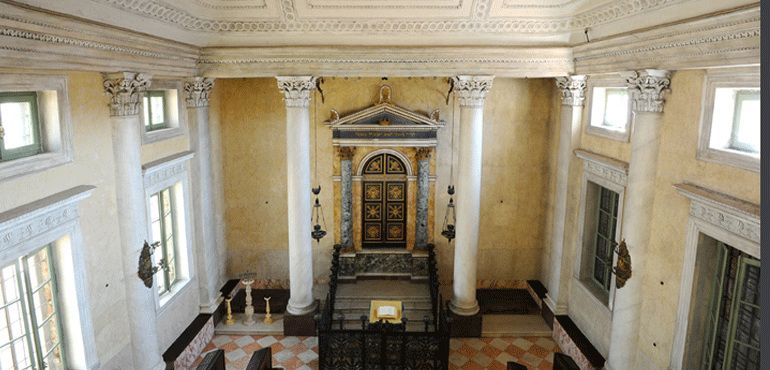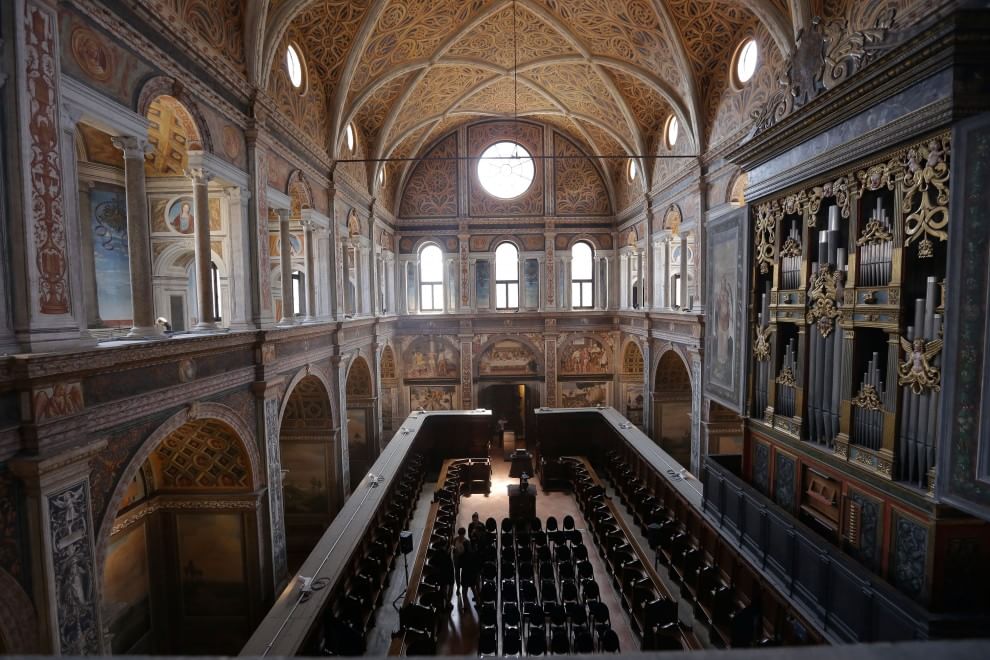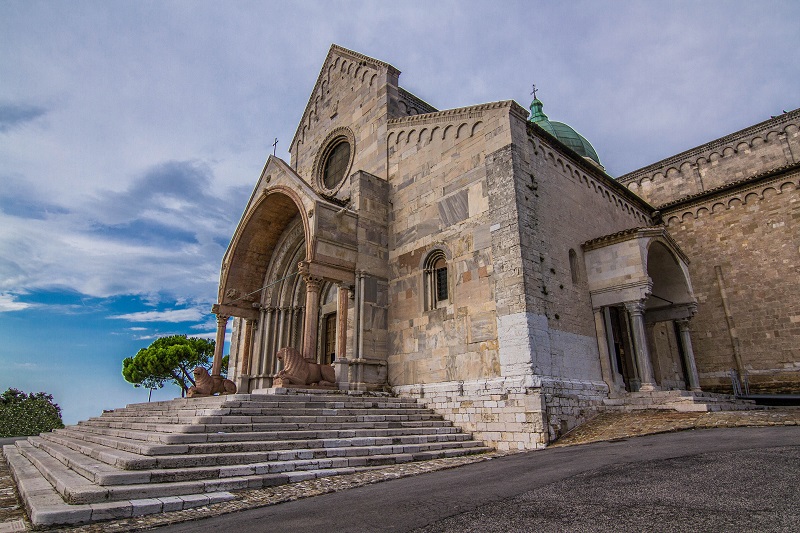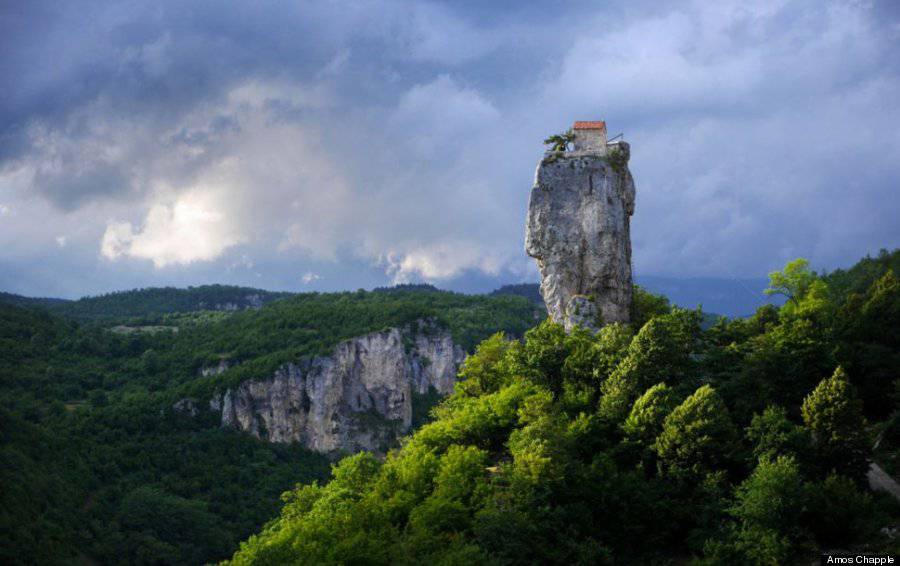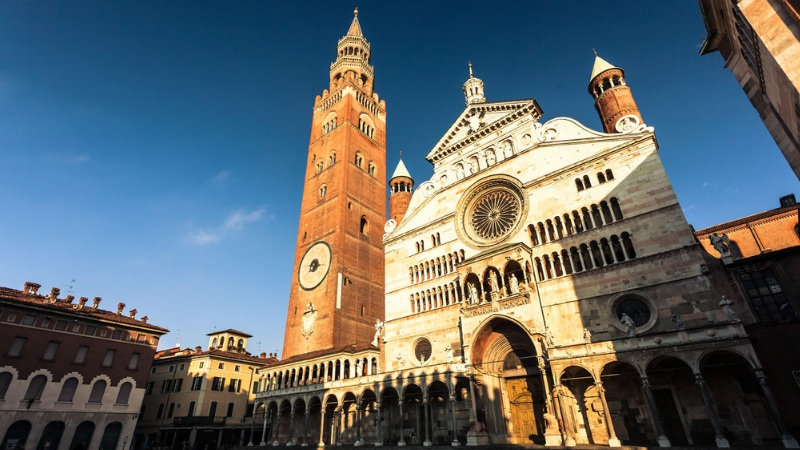The Synagogue of Sabbioneta, place of worship and meeting of the Jewish community of the city, was built in 1824, probably on a project of the architect Carlo Visioli (born in Sabbioneta in 1798). In 1840 the stuccoes of the vault were executed by the Swiss artist Pietro Bolla. The present Synagogue replaced an older one, located in the same staircase. The decision to build this temple was taken by the 113 Jews living here in 1821 as a claim to autonomy in the face of the proposal of the Austrian government to join administratively the community of Mantua. This place was chosen after the donation of Salomone Forti, owner of the building, of some rooms of this building. After a long period of abandonment, the restoration of the Synagogue, by the Superintendence of Cultural and Architectural Heritage of Brescia (with the financial contribution of the Pro Loco of Sabbioneta), was completed in 1994 and allowed the reopening of the building to the public and to worship (the temple is used by the Jewish community of Mantua who owns it). Of the old Synagogue had been preserved, until 1970, the Holy Ark which has now been transferred to Jerusalem.
Description of the temple
The building in which the Synagogue is located, which perfectly integrates with the city’s character, was part of a group of houses inhabited by Jews (in Sabbioneta the institution of a ghetto was never implemented). The Temple was built in the upper part of the building in order to respect the precept according to which all synagogues must be under the vault of heaven, and must have nothing above them but heaven. The prayer hall is preceded by a rectangular atrium. The interior, which is also rectangular in shape, has a solemn aspect; the bimà (temà) is on the eastern wall; the furniture is still made up of the ancient wooden benches, while the area of the Aròn, which is accessed through a beautiful wrought iron gate, still has the precious aspect that must have characterized the times when the community reached its maximum splendor. The Aròn, at the sides of which hang two lamps, is surrounded by two columns with Corinthian capitals and is surmounted by a tympanum with a golden inscription in Hebrew characters. On the opposite side other columns support the overhanging women’s gallery (prayer space reserved for women) located on the upper floor, above the entrance, shielded from the hall by an austere wooden grille. The walls are finished in faux marble stucco of different colors. In each of the long sides of the hall are arranged three doors, one real and two painted. The windows on the left side look onto an internal courtyard, those on the right side are fake. Of particular workmanship, embellished by the stuccoes, the ceiling gives the impression of a cloth.
The vault is supported by a series of pilasters on the walls and four columns that allude to the temple of Solomon.
